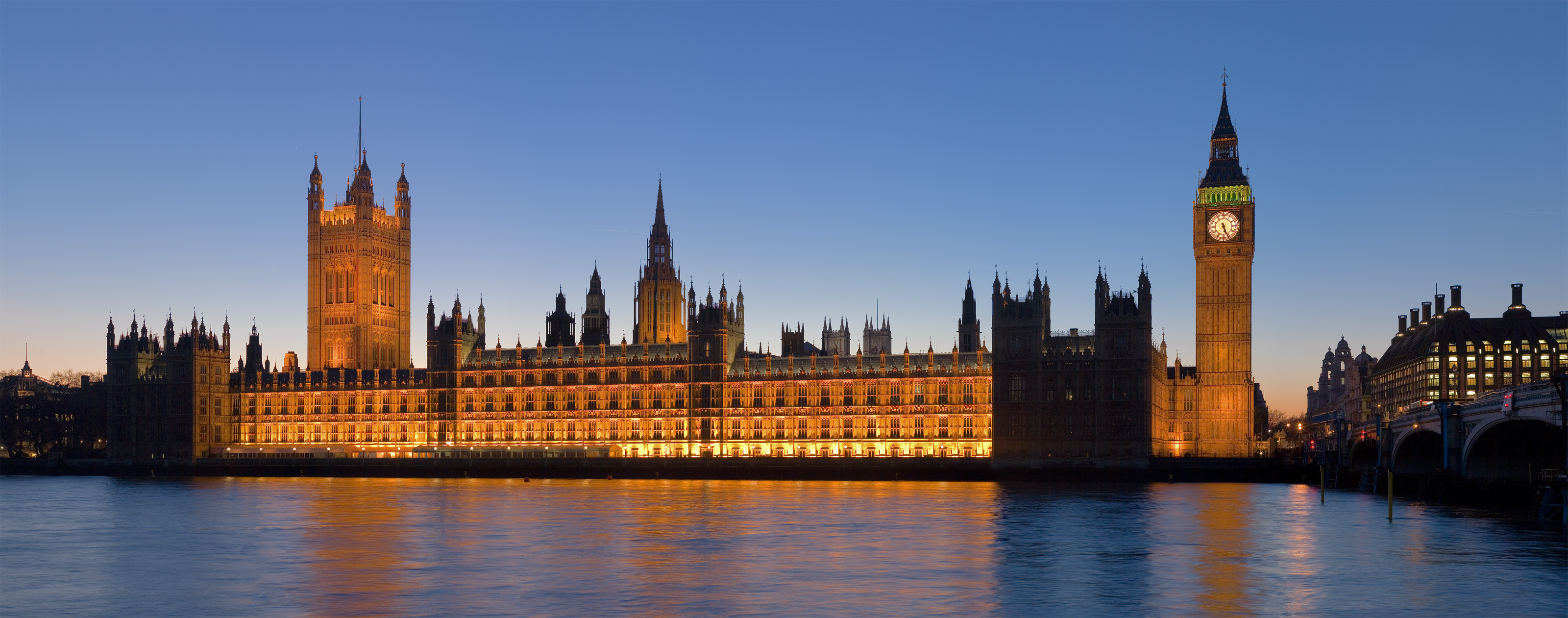It’s fair to say that as a whole, the fashion industry didn’t support the idea of this – poll after poll showed it. Yet it happened. Agile, well-run businesses now have to react and make the most of the situation they’re in, as there are definitely opportunities to capitalise on the decision. After all, the creative industries are known for being fast on their feet and in this case they have a little over two years to adjust for the better.
In Britain, fashion is at the heart of our creative industries. The sector has a series of fundamental strengths which we feel will mean that in retrospect, 10+ years down the line, little of the core elements will have changed. British brands will still be producing products which everyone wants, which have a global appeal. The heritage many of them have will continue to be respected and admired. The pool of talent from our leading design colleges will not cease growing. London Fashion Week will still dictate worldwide trends. In short, sales will continue.
Minister of State for Digital and Culture, Matt Hancock, has heaped praise on the creative sector in the UK.
“Creative industries will be absolutely central to our post-Brexit future.”
“Economically, because where artistic design intersects with digital capability is the nexus at the heart of the future economy. This nexus of art and technology is how Britain will pay her way in the 21st century.”
“Our creative industries are, and always have been, central to how we are seen and how we see ourselves as a nation.”
Fashion is only going to go from strength to strength with Theresa May at the helm of the nation.
The new PM has a love for natty clothing which is well known – her flashy shoe acquisition is fast becoming famous. She even picked a subscription to Vogue as her extravagant item when she was a visitor on Desert Island Discs.
The Prime Minister is showing that she is a great advocate for British of fashion. Her reassuring presence will inspire people within the sector, taking the fashion to new strengths.
There will be challenges, of course – access to staff in retail environments will likely become more limited, for instance. Yet it was abundant already and before we joined the EU our shops were not void of workers. Tariffs, too, could provide challenging, yet no more so than those we’ve always faced and will continue to face regarding currency fluctuations.
As long as businesses continue to do what they do best over the coming years, then the future will remain bright.


